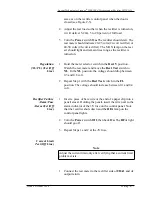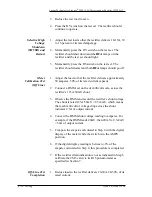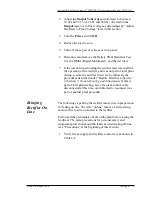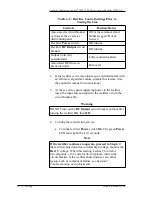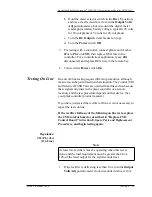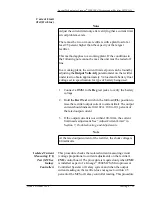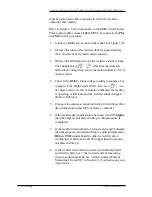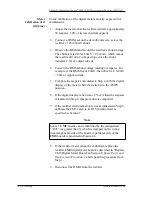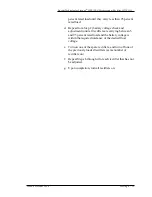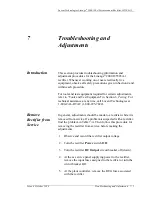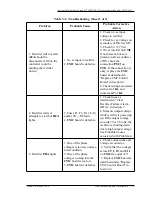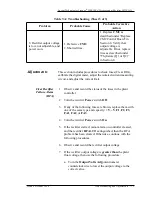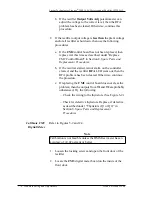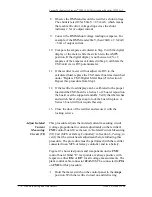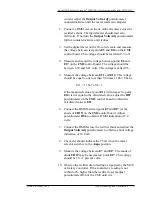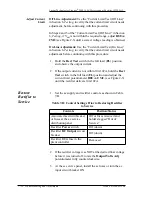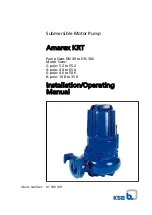
Lucent Technologies Lineage
®
2000 100A Ferroresonant Rectifier J85503A-1
Issue 6 October 1998
Testing 6 - 19
Adjust
Rectifiers to
Float Voltage
Float voltage is the optimum voltage level at which a battery
string gives maximum life and full capacity. This voltage
depends on the type and number of batteries in a plant:
Float voltage per cell x number of cells = battery string
float voltage
Traditionally, 2.17 volts per cell is the float voltage for flooded
lead-acid batteries such as the Round Cell. For a 24-cell
configuration of Round Cells, string voltage is:
2.17 x 24 = 52.08 volts
Traditionally, 2.27 volts per cell is the float voltage for starved
electrolyte batteries such as VR cells. For a 12-cell configuration
of VR cells, string voltage is:
2.27 x 12 = 27.24 volts
To adjust rectifiers to the pre-determined float voltage, the
rectifiers must be on line with plant cables connected and REG
fuses installed in the plant controller or a remote bay.
Adjust Rectifiers
Individually
The fastest way to adjust a group of rectifiers to float voltage is
to adjust them individually, turning each one off after
adjustment, and turning them all on after the last adjustment. In
order to use this method, however, the load requirement at the
time of the adjustments must be less than the capacity of the
smallest rectifier.
1. Measure the battery voltage by holding the meter selector
switch in the Batt V position.
2. If the battery voltage is not the pre-determined float
voltage or the desired battery float voltage, perform the
following:
a. If the voltage is too high, turn the Output Volts Adj
potentiometer counterclockwise.
b. If the voltage is too low, turn the Output Volts Adj
potentiometer clockwise.
c. Check the battery voltage and repeat Steps a and b
above until the battery voltage is within the required
tolerance of the desired float voltage.



